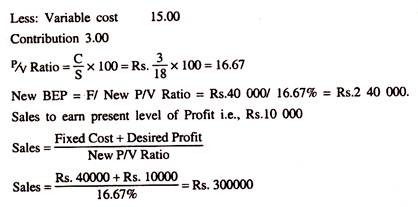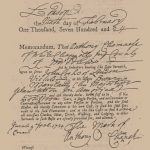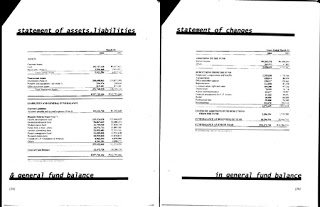Content

However, this does not prevent them from providing income and positive return on investment. T-Bills are bought at a discount to par and then pay out full interest rate and coupon rate par value at maturity. For example, in today’s environment, you might pay $9,500 for T-Bills that pay out $10,000 par at maturity one year later.
Bonds issued by the United States government are considered free of default risk and are considered the safest investments. Bonds issued by any other entity apart from the U.S. government are rated by the big three rating agencies, which include Moody’s, S&P, and Fitch. Bonds that are rated “B” or lower are considered “speculative grade,” and they carry a higher risk of default than investment-grade bonds.
Coupon rate definition
At a price of 104, the yield to maturity of this CD now matches the prevailing interest rate of 1%. In the online offering table and statements you receive, bond prices are provided in terms of percentage of face value. When investing in bonds & CDs, it’s imperative to understand how prices, rates, and yields affect each other. The bond’s yield is the dollar value of the annual interest payments as a percentage of the bond’s current price.

This time may be as short as a few months, or longer than 50 years. Once this time has been reached, the bondholder should receive the par value for their particular bond. The value of a bond is obtained by discounting the bond’s expected cash flows to the present using an appropriate discount rate. If you’ve held a bond over a long period of time, you might want to calculate its annual percent return, or the percent return divided by the number of years you’ve held the investment.
What It Means for Individual Investors
Interest rate risk is also inversely proportional to the coupon rate of the bond. The higher the coupon rate, the less the bond price changes for a given change in interest rates. Since the coupon payments are larger, the bondholder receives more money earlier, which increases the present value of the bond’s future cash flow. The main attribute that coupon rate controls is the amount of current cash income that a particular bond will return to investors. All else equal, higher coupons generate more near-term cash than lower coupon bonds.

How are coupon rates affected by interest rates?
In short, the coupon rate is affected by both prevailing interest rates and by the issuer's creditworthiness. The prevailing interest rate directly affects the coupon rate of a bond, as well as its market price.




